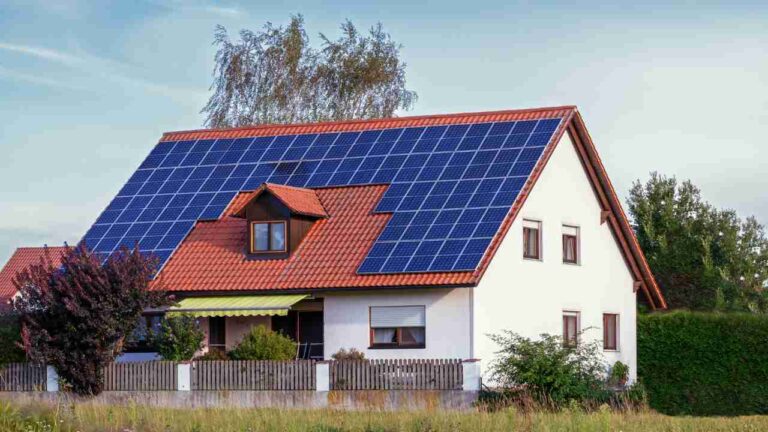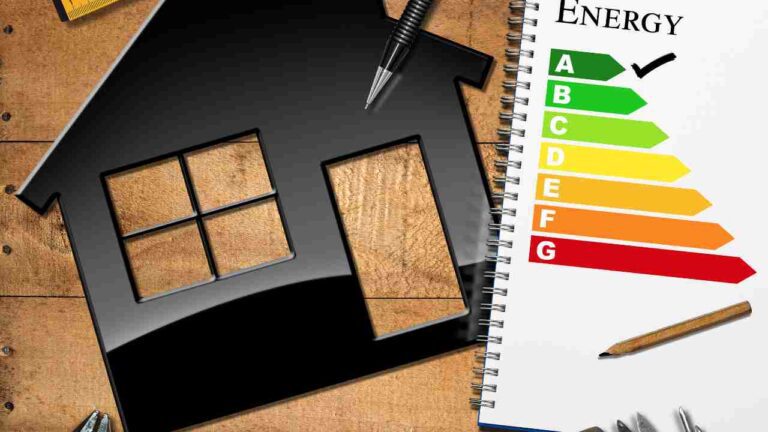Roof maintenance is an often overlooked aspect of home ownership, but it is paramount in preserving the integrity and longevity of your home’s structure. A well-maintained roof protects your property from the elements and helps prevent costly repairs. We will delve into what roof maintenance entails, why it is essential, and the steps you can take to ensure your roof remains in excellent condition.
Understanding Roof Maintenance
Roof maintenance encompasses proactive actions and regular inspections to stem, identify, and address issues affecting your roof’s performance. The primary goals of roof maintenance are to extend the lifespan of your roof, prevent leaks, and ensure it can withstand various weather conditions. Neglecting roof maintenance can usher in many problems, including water damage, structural issues, and expensive repairs.
Why Roof Maintenance Matters
Roof maintenance is of paramount importance for several compelling reasons. Firstly, it significantly prolongs the lifespan of your roof, ensuring that your investment in roofing materials lasts as long as possible. By addressing minor issues through regular maintenance, you can avoid the need for costly repairs or premature roof replacement. Additionally, proactive maintenance serves as a critical preventive measure against roof leaks.
Left unattended, roof leaks can lead to extensive water damage, structural decay, and mold growth, which can incur substantial expenses. Moreover, a well-maintained roof contributes to energy efficiency, regulating your home’s temperature and reducing heating and cooling costs. This, in turn, positively impacts your utility bills. Lastly, maintaining your roof enhances the overall curb appeal and value of your home, making it more appealing to potential buyers and ensuring the long-term integrity of your property.
Components of Roof Maintenance
1. Regular Inspections:
Routine inspections are the foundation of effective roof maintenance. Inspect your roof at least once a year, ideally in the spring and fall, to assess its condition. Look for signs of damage, such as missing or damaged shingles, cracked flashing, or sagging areas. Binoculars can be helpful for a thorough examination from the ground, but consider hiring a professional if you have a steep or complex roof.
2. Clean Gutters and Downspouts:
Clogged gutters and downspouts can lead to water backup and damage to your roof and home’s foundation. Regularly clean debris from your gutters and clear downspouts to allow proper drainage. This step is crucial in the fall when leaves and debris accumulate.
3. Trim Overhanging Branches:
Overhanging tree branches can scratch your roof, clog gutters, and provide a pathway for pests to access your home. Trim branches that arrive in contact with your roof to stem these issues. Additionally, evaluate the long-term effects of nearby trees on your roof, as falling leaves and sap can cause damage over time.
4. Check for Moss and Algae:
Moss and algae can take root on your roof, particularly in areas with high humidity and shade. These organisms can accelerate the degradation of roofing materials. Use a stiff brush or a moss-killer product to remove moss and algae and prevent their return.
5. Inspect Flashing and Seals:
Flashing is the metal or rubber material that seals joints and penetrations on your roof, such as chimneys, vents, and skylight openings. Inspect the condition of the flashing for signs of wear, rust, or damage, and replace or repair as needed. Also, inspect the seals around roof vents and pipes for any gaps or deterioration.
6. Examine Attic Ventilation:
Proper attic ventilation is paramount for regulating temperature and moisture levels in your attic, which can impact your roof’s lifespan. Ensure vents are unobstructed and functioning correctly to stem condensation and excess heat buildup.
7. Check for Water Stains:
Inspect your home’s interior for water stains on ceilings and walls. These stains often indicate roof leaks. Address any stains promptly and investigate the source of the leak.
8. Schedule Professional Maintenance:
While homeowners can do many aspects of roof maintenance, it’s wise to schedule periodic professional inspections. A roofing expert can pinpoint issues that may not be visible to the untrained eye and deliver recommendations for paramount repairs or maintenance.
Roof maintenance is a fundamental aspect of home ownership that helps protect your property and prolong the life of your roof. Regular inspections, cleaning, and repairs are essential for effective roof maintenance. By addressing issues promptly, performing seasonal maintenance tasks, and staying vigilant for signs of damage, you can ensure that your roof continues to provide reliable protection for your home. Roof maintenance saves you money on potential repairs and contributes to the overall safety, comfort, and value of your property. Preventative commercial roof maintenance can save businesses significant expenses by proactively addressing potential issues and ensuring the longevity of their roofing system.





